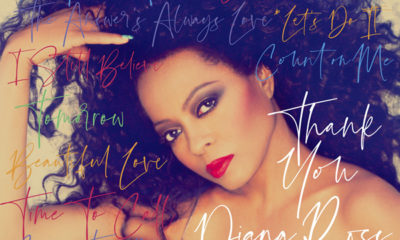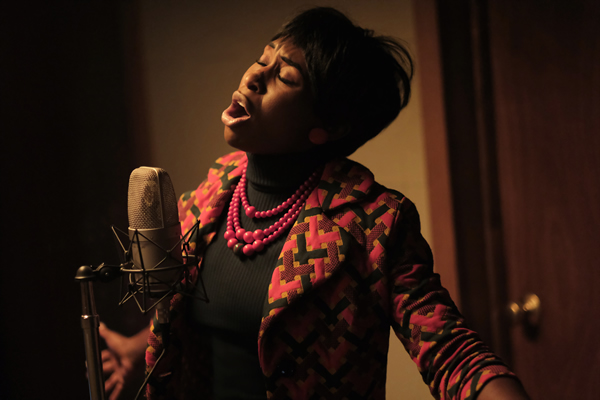Arts & Entertainment
Franklin’s fumble
New album finds ‘woman falling’ with bad songs, dated production

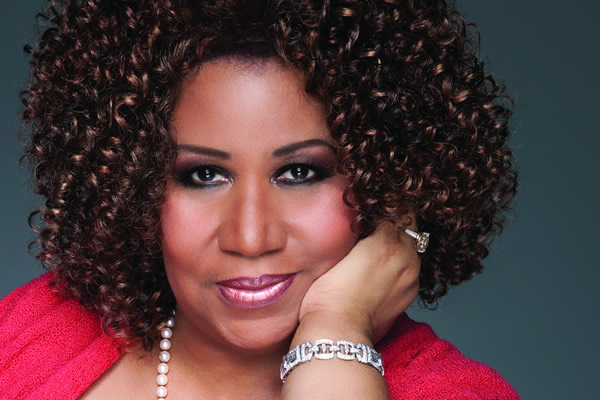
So why not re-shoot your album cover after you lost 85 pounds? Alas the cover of Aretha Franklin's new album is but one of many mysteries surrounding the soul legend. (Photo courtesy of Wal-Mart)
It’s painful when a long-awaited album from a much-loved artist finally appears and is a disaster.
The pain is especially acute on Aretha Franklin’s new album, the Wal-Mart exclusive “A Woman Falling Out of Love.” Rumors swirled wildly last fall that she had pancreatic cancer — Rolling Stone even went to press with the news citing anonymous Franklin family members. So it’s a delight and huge relief to see a much trimmer Aretha — she lost about 85 pounds — back on the media circuit, looking healthier than she has in years and rescheduling concerts she postponed last year during her mystery illness (she plays Wolf Trap June 21).
What a sweet coda to the story if “Woman Falling” had been a solid, career-punctuating comeback on a par with her last good album, 1998’s “A Rose is Still a Rose.” Sadly, it’s her worst album in ages joining schlock like “Almighty Fire,” “You,” “Sweet Passion” and “Get it Right” as some of the least compelling junk in her vast discography.
Aside from the fact that she’s healthy and, based on last week’s TV promo appearances, in reasonably good voice, the good news is that the album is out at all. She was predicting an imminent release as far back as 2006 when she first mentioned the title to Billboard. It was so unfathomably delayed, it became almost a joke, sort of R&B’s answer to “Chinese Democracy,” the decade-in-the-making Guns n’ Roses album that finally saw release in 2008. Despite being active on the touring circuit, Franklin’s studio output ground nearly to a halt in the last 10 years. There was an uneven Christmas album in 2008. Her last “real” album was 2003’s “So Damn Happy.” It felt hit-and-miss at the time; it plays like a masterpiece, though, compared to “Woman Falling.”
Franklin has boasted in interviews this new project finally gives her creative control. She sees this as a major plus — sadly, she’s probably the only one. Her career, despite all the critical acclaim, has always been spotty. For every “Think,” “Freeway of Love” or “Chain of Fools,” there’ve been dozens of mediocre album tracks that fail to resonate. Because her early years at Atlantic were so smoldering and her voice has lasted, Franklin always managed a staggering level of acclaim considering how much junk there is on many of her records.
But left to her own devices, Franklin stumbles badly here churning out an inconsistent and all-over-the-map sonic mess that struggles to muster even one catchy hook or chorus. “This You Should Know” (which she both wrote and produced), “Put it Back Together Again,” “When 2 Become One” and first single “How Long I’ve Been Waiting” sink like quicksand in a soggy stew of momentum-sapping and dated-sounding R&B drivel.
Franklin, thankfully, sounds great. Her voice — while not quite the rafter raising feat of nature it was 30 years ago — still has a luster and sheen that’s delightful to hear. In a way, though, it makes this album doubly tragic — with better material, it’s obvious Franklin possesses the vocal wherewithal to have produced a home run.
The covers are hit and miss, but two of the three are the record’s high points. A sassy, bluesy cover of B.B. King’s “Sweet Sixteen” promises early hope but proves an isolated and fleeting moment. A duet with an oddly uncredited Ronald Isley on “The Way We Were” is sweeping and feels positively glorious compared to everything else. “A Summer Place,” the theme from the 1959 film of the same title, doesn’t fare nearly as well. An oddball outro dialogue with an uncredited male guest is embarrassing, cheesy and weird.
The insipd “New Day” sounds like a promising change of pace initially with its deep bassline but soon dissolves into trite lyrics (“you can make it if you try!”). “Faithful,” a duet with gospel’s Karen Clark-Sheard is so ludicrously oversung it makes Christina Aguilera sound reserved.
And despite a Billy Preston-caliber organ accompaniment courtesy of Darrell Houston, “His Eye is On the Sparrow” shows merely that Franklin’s son Eddie, singing lead here, inherited his mother’s range but not her interpretive finesse. She accompanies him on piano. It gives the album warmth, but since Aretha’s never recorded this standard herself, I’d have much rather heard her sing it.
The album closes with a bombastic rendition of “My Country Tis of Thee,” which Franklin sang at Obama’s inauguration. She battled the cold that day — here she battles an overwrought orchestration (her own arrangement) that never met a musical cliché (rumbling timpani!, gospel choir on caffeine!) that it didn’t try to work in.
Franklin said she cut tracks with Faith Hill, Shirley Caesar and several producers for this album but they’re all MIA. It’s impossible to know how much was recorded over the last five years for this album but considering what made the final cut, one shudders to imagine the outtakes. From the amateur photography and packaging to the dubious selections and bland production, this is a near-total disaster.
Sports
Bisexual former umpire sues Major League Baseball for sexual harassment
Brandon Cooper claims female colleague sexually harassed him

A fired former umpire is suing Major League Baseball, claiming he was sexually harassed by a female umpire and discriminated against because of his gender and his sexual orientation.
Brandon Cooper worked in the minor league Arizona Complex League last year, and according to the lawsuit he filed Wednesday in federal court in Manhattan, he identifies as bisexual.
“I wanted my umpiring and ability to speak for itself and not to be labeled as ‘Brandon Cooper the bisexual umpire,’” he told Outsports. “I didn’t want to be labeled as something. It has been a passion of mine to simply make it to the Major Leagues.”
But that didn’t happen. Instead of being promoted, he was fired. His suit names MLB and an affiliated entity, PDL Blue, Inc., and alleges he had endured a hostile work environment and wrongful termination and/or retaliation because of gender and sexual orientation under New York State and New York City law.
“Historically the MLB has had a homogenous roster of umpires working in both the minor and major leagues,” Cooper claims in his suit. “Specifically, to date there has never been a woman who has worked in a (regular) season game played in the majors, and most umpires are still Caucasian men. To try to fix its gender and racial diversity issue, defendants have implemented an illegal diversity quota requiring that women be promoted regardless of merit.”
Cooper claims former umpire Ed Rapuano, now an umpire evaluator, and Darren Spagnardi, an umpire development supervisor, told him in January 2023 that MLB had a hiring quota, requiring that at least two women be among 10 new hires.
According to the suit, Cooper was assigned to spring training last year and was notified by the senior manager of umpire administration, Dusty Dellinger, that even though he received a high rating in June from former big league umpire Jim Reynolds, now an umpire supervisor, that women and minority candidates had to be hired first.
Cooper claims that upon learning Cooper was bisexual, fellow umpire Gina Quartararo insulted him and fellow umpire Kevin Bruno by using homophobic slurs and crude remarks. At that time, Quartararo and Cooper worked on the same umpiring crew and being evaluated for possible promotion to the big leagues.
This season, Quartararo is working as an umpire in the Florida State League, one of nine women who are working as minor league umpires.
Cooper said he notified Dellinger, but instead of taking action against Quartararo, he said MLB ordered Cooper to undergo sensitivity training. According to his lawsuit, he was also accused of violating the minor league anti-discrimination and harassment policy.
Cooper’s suit says he met with MLB Senior Vice President of Diversity, Equity and Inclusion Billy Bean — who the Los Angeles Blade reported in December is battling cancer.
The lawsuit says at that meeting, Bean told the umpire that Quartararo claimed she was the victim, as the only female umpire in the ACL. Cooper said he told Bean Quartararo regularly used homophobic slurs and at one point physically shoved him. He also claims that he has video evidence, texts and emails to prove his claim.
But he said his complaints to Major League Baseball officials were ignored. His lawsuit said MLB passed him over for the playoffs and fired him in October. He said of the 26 umpires hired with Cooper, he was the only one let go.
Through a spokesperson, MLB declined to comment on pending litigation. Quartararo has also not publicly commented on the lawsuit.
a&e features
Eastern Shore chef named James Beard Finalist
Harley Peet creates inventive food in an inclusive space
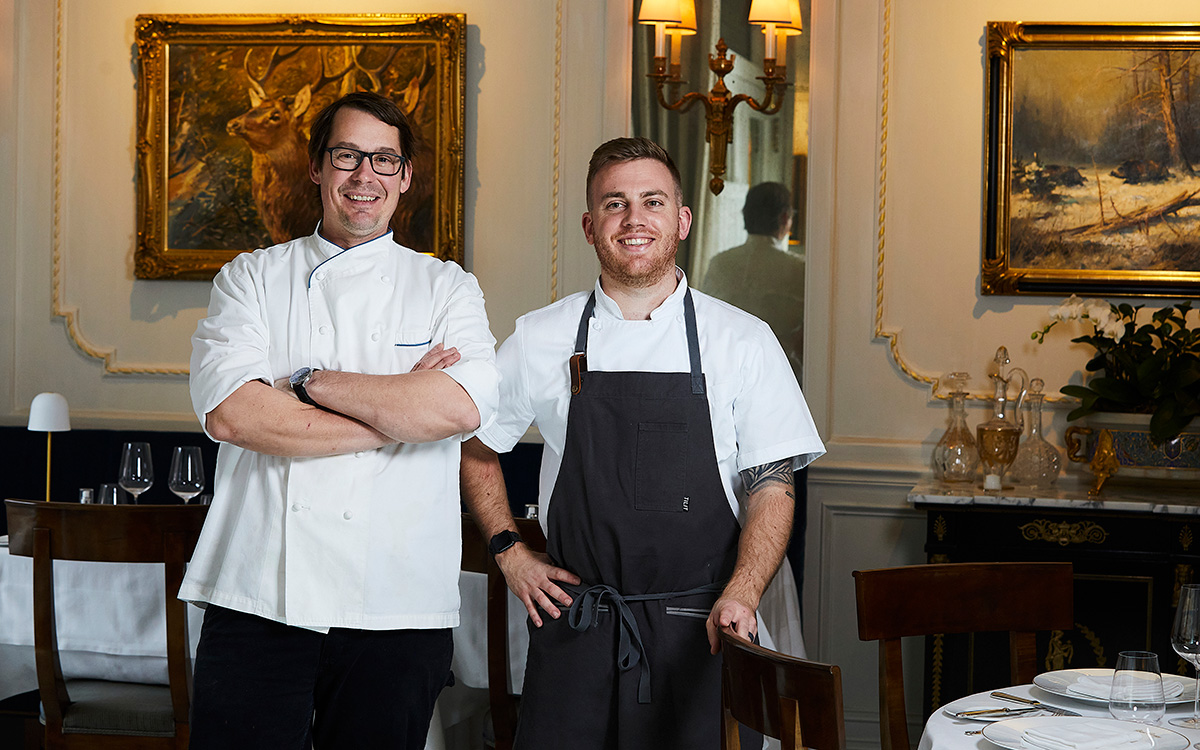
In a small Eastern Shore town filled with boutiques, galleries, and the occasional cry of waterfowl from the Chesapeake, Chef Harley Peet is most at home. In his Viennese-inflected, Maryland-sourced fine-dining destination Bas Rouge, Peet draws from his Northern Michigan upbringing, Culinary Institute of America education, and identity as a gay man, for inspiration.
And recently, Peet was named a James Beard Finalist for Best Chef: Mid-Atlantic – the first “Best Chef: Mid-Atlantic” finalist representing the Eastern Shore.
Peet, after graduation from the Culinary Institute of America, took a position as sous chef at Tilghman Island Inn, not far from Bas Rouge. Falling in love with the Eastern Shore, he continued his passion for racing sailboats, boating, gardening, and fishing, and living his somewhat pastoral life as he opened Bas Rouge in 2016 as head chef, a restaurant part of the Bluepoint Hospitality group, which runs more than a dozen concepts in and around Easton, Md.
Coming from a rural area and being gay, Peet knew he had his work cut out for him. He was always aware that the service and hospitality industry “can be down and dirty and rough.”
Now as a leader in the kitchen, he aims to “set a good example, and treat people how I want to be treated. I also want to make sure if you’re at our establishment, I’m the first to stand up and say something.”
The Bas Rouge cuisine, he says, is Contemporary European. “I’m inspired by old-world techniques of countries like Austria, Germany, and France, but I love putting a new spin on classic dishes and finding innovative ways to incorporate the bounty of local Chesapeake ingredients.”
His proudest dish: the humble-yet-elevated Wiener Schnitzel. “It is authentic to what one would expect to find in Vienna, down to the Lingonberries.” From his in-house bakery, Peet dries and grinds the housemade Kaiser-Semmel bread to use as the breadcrumbs.
Peet works to support the LGBTQ community inside and outside of the kitchen. “I love that our Bluepoint Hospitality team has created welcoming spaces where our patrons feel comfortable dining at each of our establishments. Our staff have a genuine respect for one another and work together free of judgment.”
Representing Bluepoint, Peet has participated in events like Chefs for Equality with the Human Rights Campaign, advocating for LGBTQ rights.
At Bas Rouge, Peet brings together his passion for inclusion steeped in a sustainability ethic. He sees environmental stewardship as a way of life. Peet and his husband have lived and worked on their own organic farm for several years. Through research in Europe, he learned about international marine sourcing. Witnessing the impacts of overfishing, Peet considers his own role in promoting eco-friendly practices at Bas Rouge. To that end, he ensures responsible sourcing commitments through his purveyors, relationships that have helped create significant change in how people dine in Easton.
“I have built great relationships in the community and there’s nothing better than one of our long-standing purveyors stopping in with a cooler of fresh fish from the Chesapeake Bay. This goes especially for catching and plating the invasive blue catfish species, which helps control the species’ threat to the local ecosystem.
Through his kitchen exploits, Peet expressed a unique connection to another gay icon in a rural fine-dining restaurant: Patrick O’Connell, of three Michelin starred Inn at Little Washington. In fact, Peet’s husband helped design some of O’Connell’s kitchen spaces. They’ve both been able to navigate treacherous restaurant-industry waters, and have come out triumphant and celebrated. Of O’Connell, Peet says that he “sees [his restaurants] as canvas, all artistry, he sees this as every night is a show.” But at the same time, his “judgment-free space makes him a role model.”
Being in Easton itself is not without challenges. Sourcing is a challenge, having to either fly or ship in ingredients, whereas urban restaurants have the benefit of trucking, he says. The small town “is romantic and charming,” but logistics are difficult – one of the reasons that Peet ensures his team is diverse, building in different viewpoints, and also “making things a hell of a lot more fun.”
Reflecting on challenges and finding (and creating) space on the Eastern Shore, Peet confirmed how important it was to surround himself with people who set a good example, and “if you don’t like the way something is going … move on.”
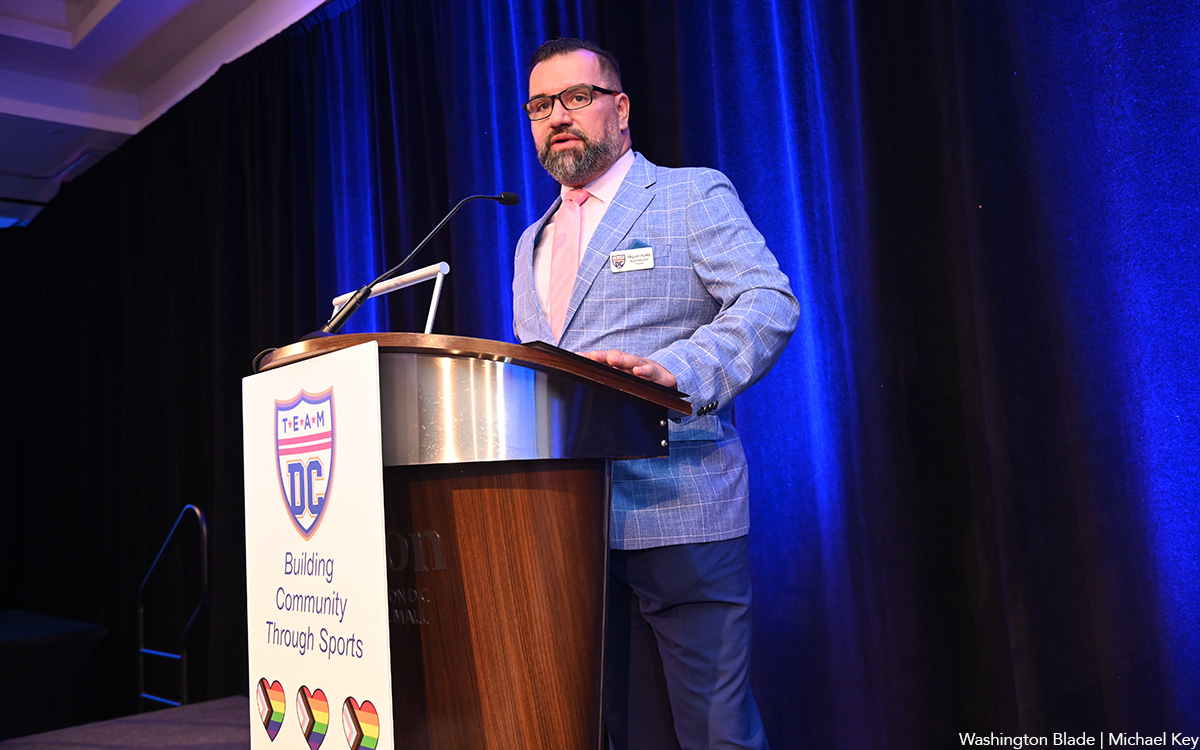
Team DC, the umbrella organization for LGBTQ-friendly sports teams and leagues in the D.C. area, held its annual Night of Champions Awards Gala on Saturday, April 20 at the Hilton National Mall. The organization gave out scholarships to area LGBTQ student athletes as well as awards to the Different Drummers, Kelly Laczko of Duplex Diner, Stacy Smith of the Edmund Burke School, Bryan Frank of Triout, JC Adams of DCG Basketball and the DC Gay Flag Football League.
(Washington Blade photos by Michael Key)
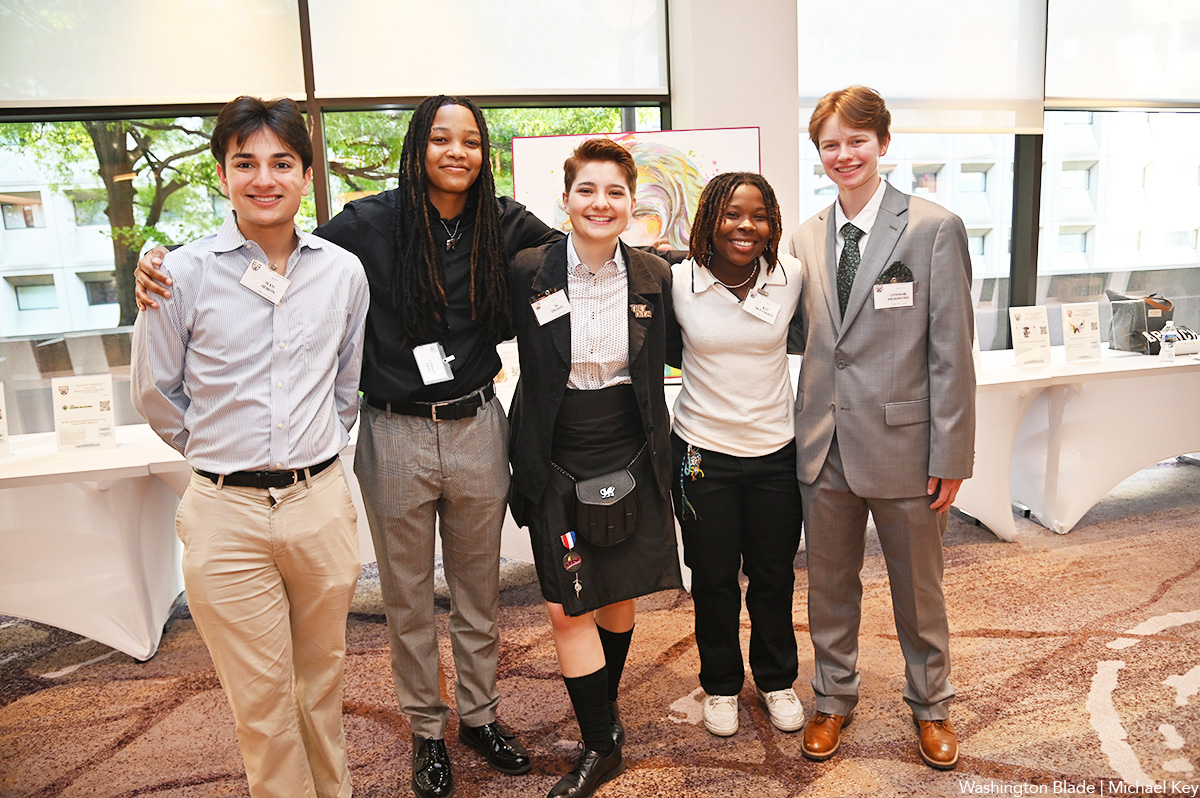
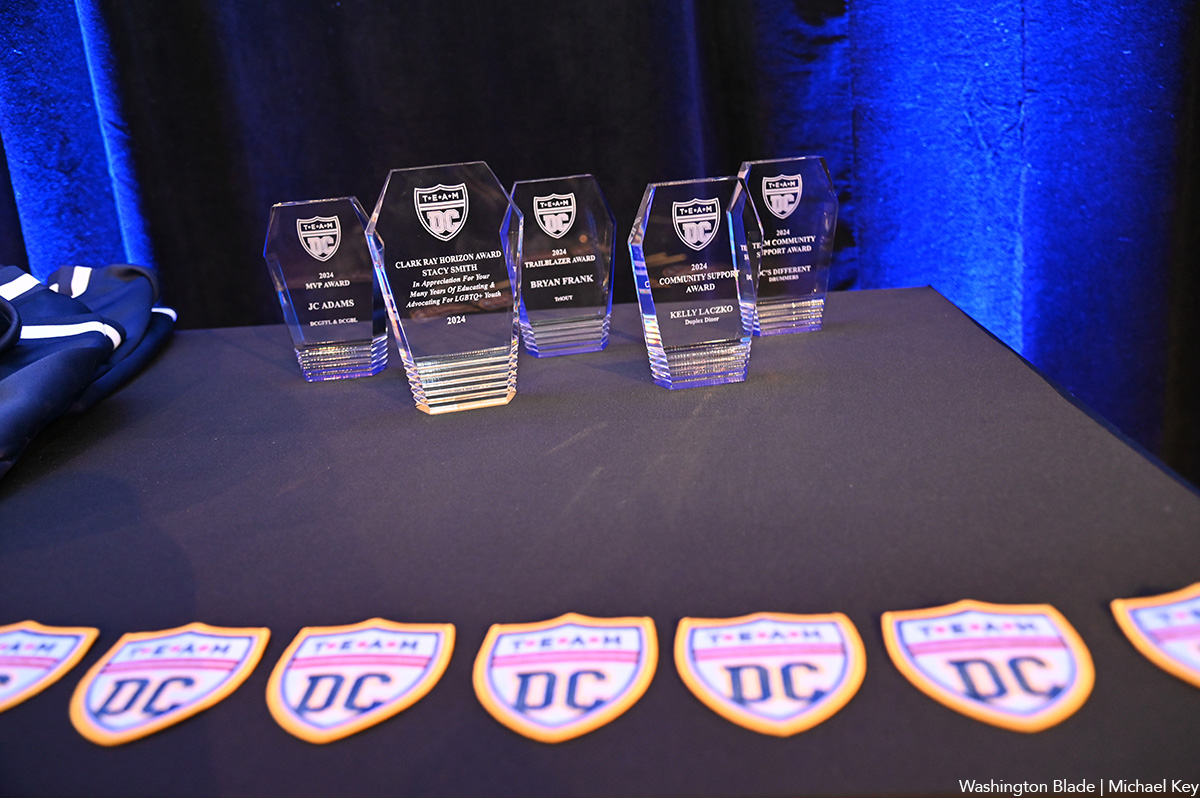
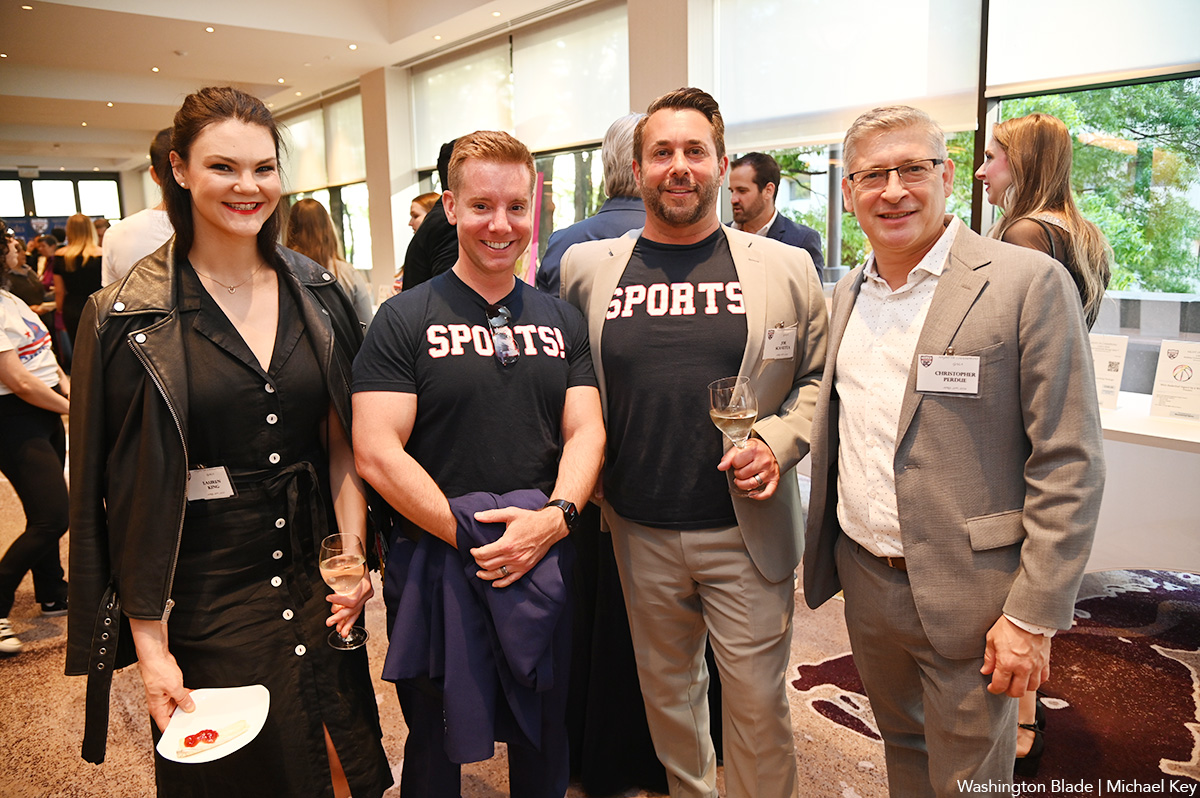

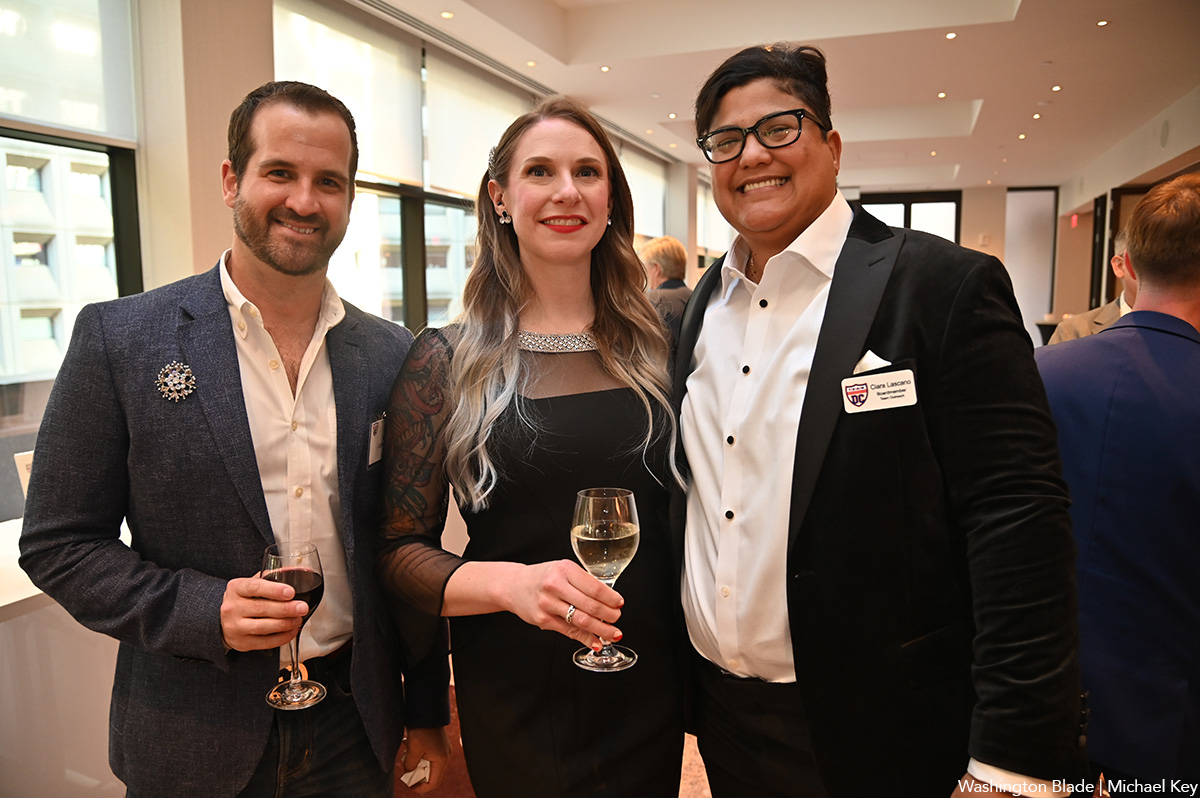
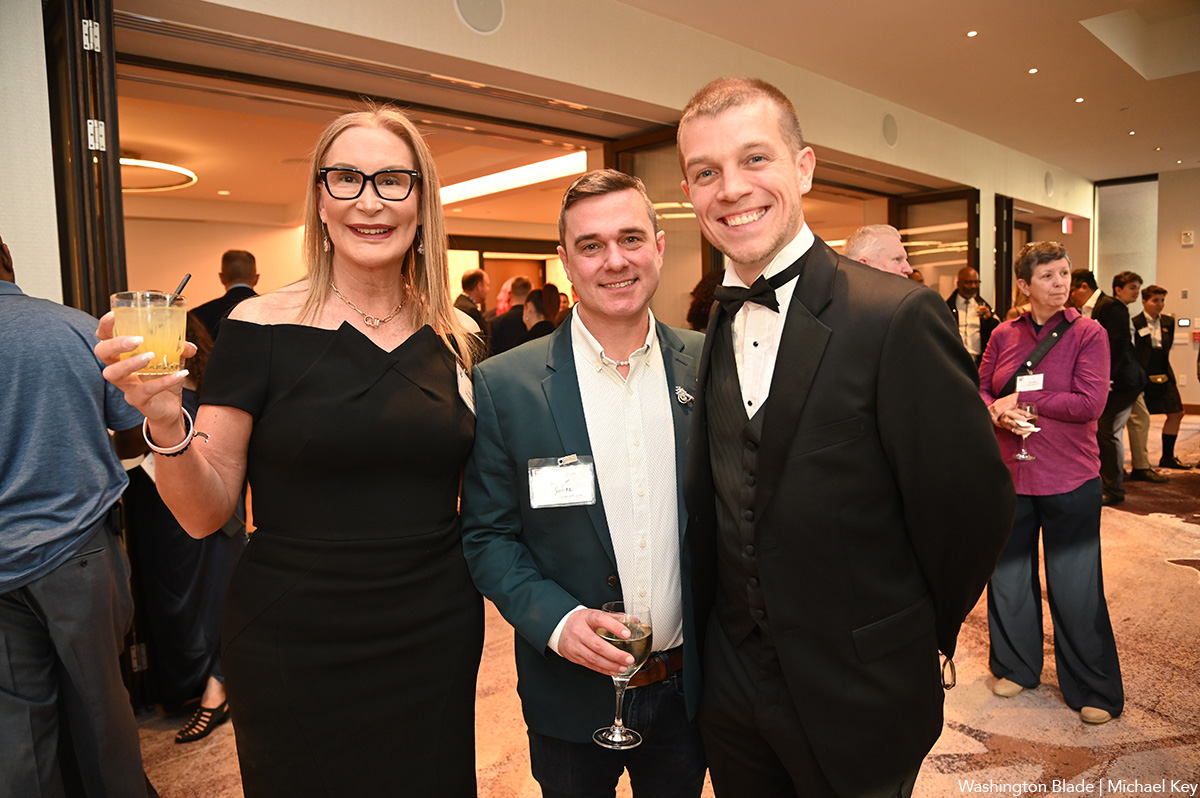
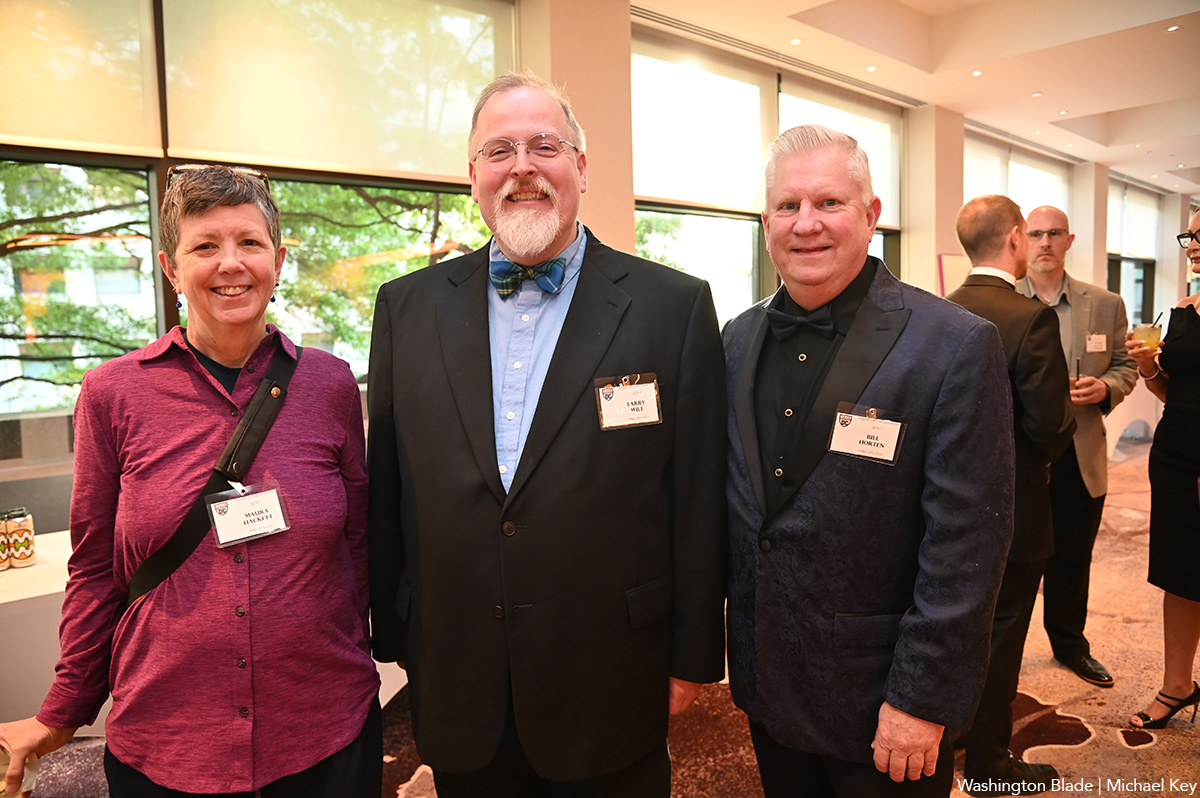
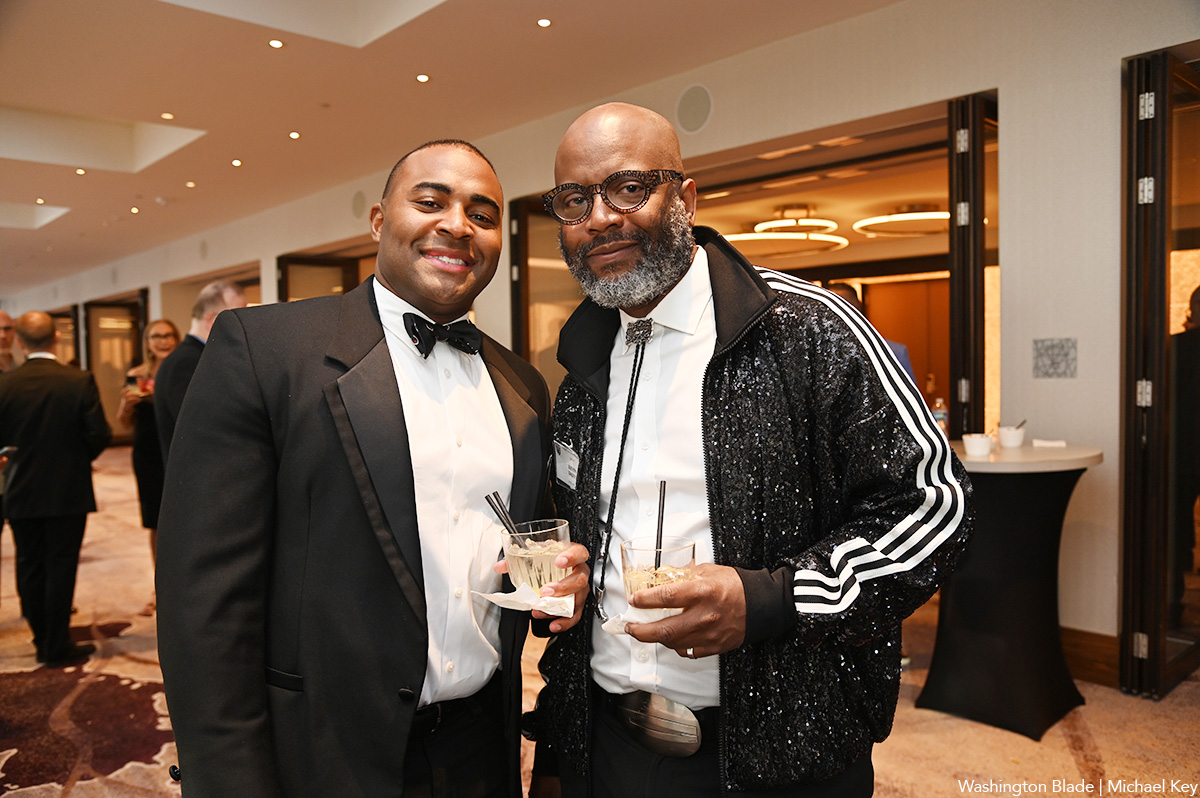
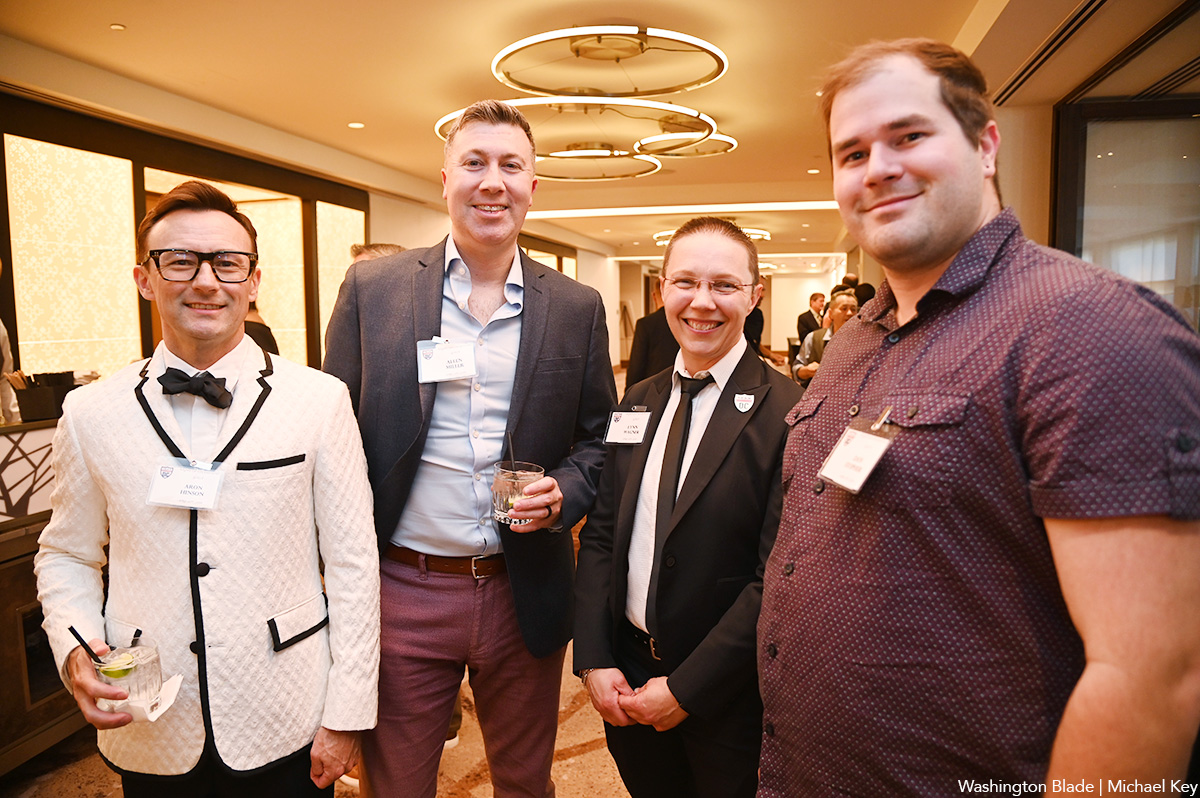
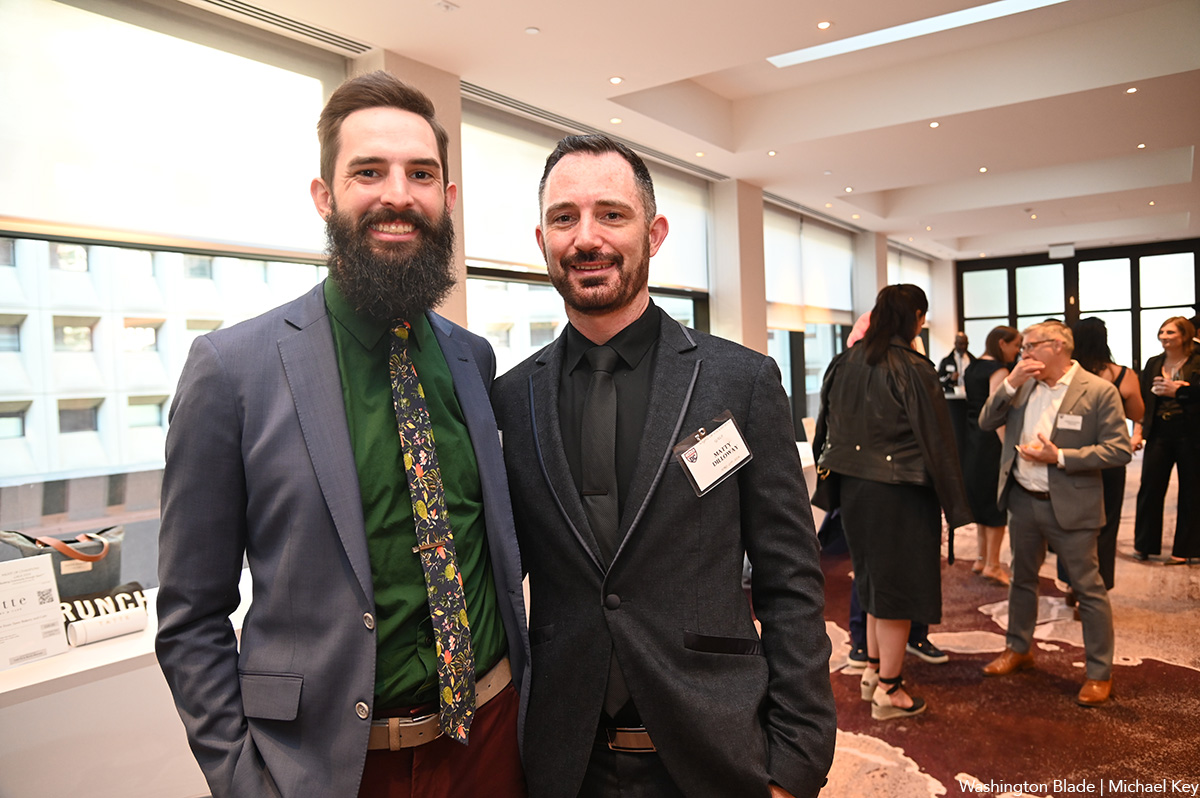

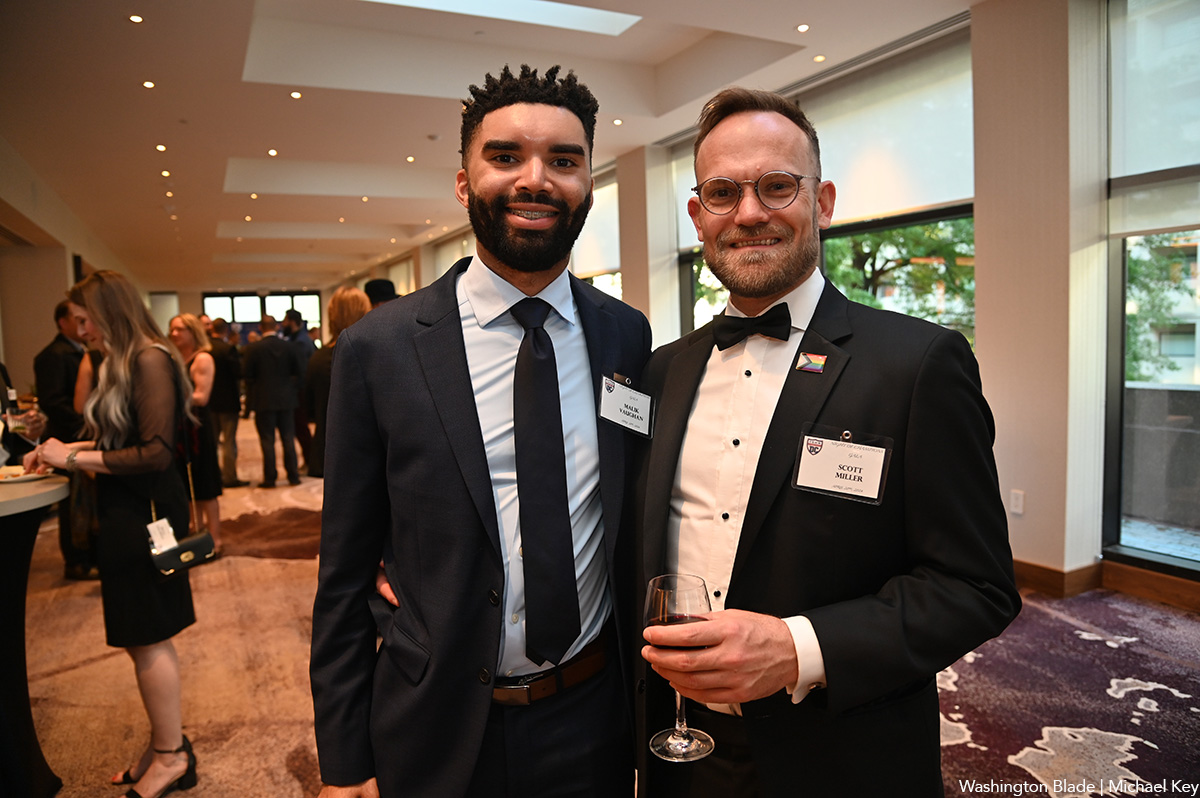
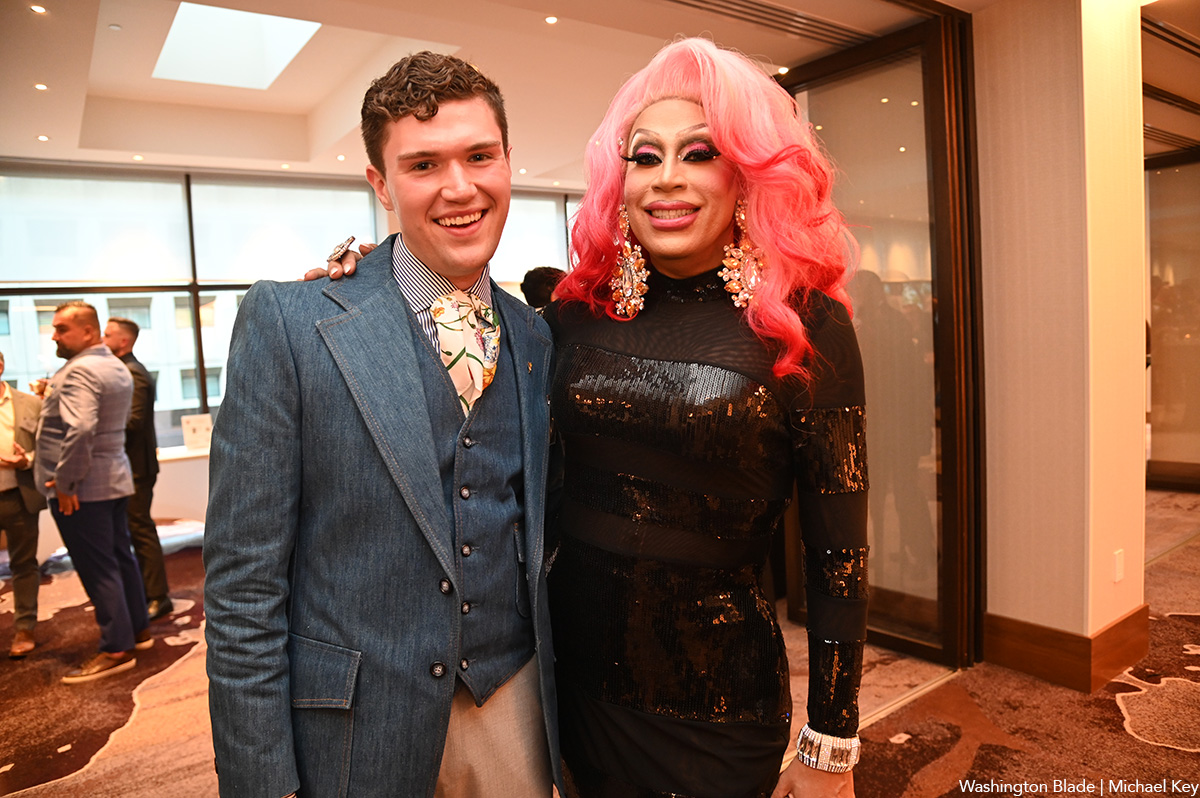
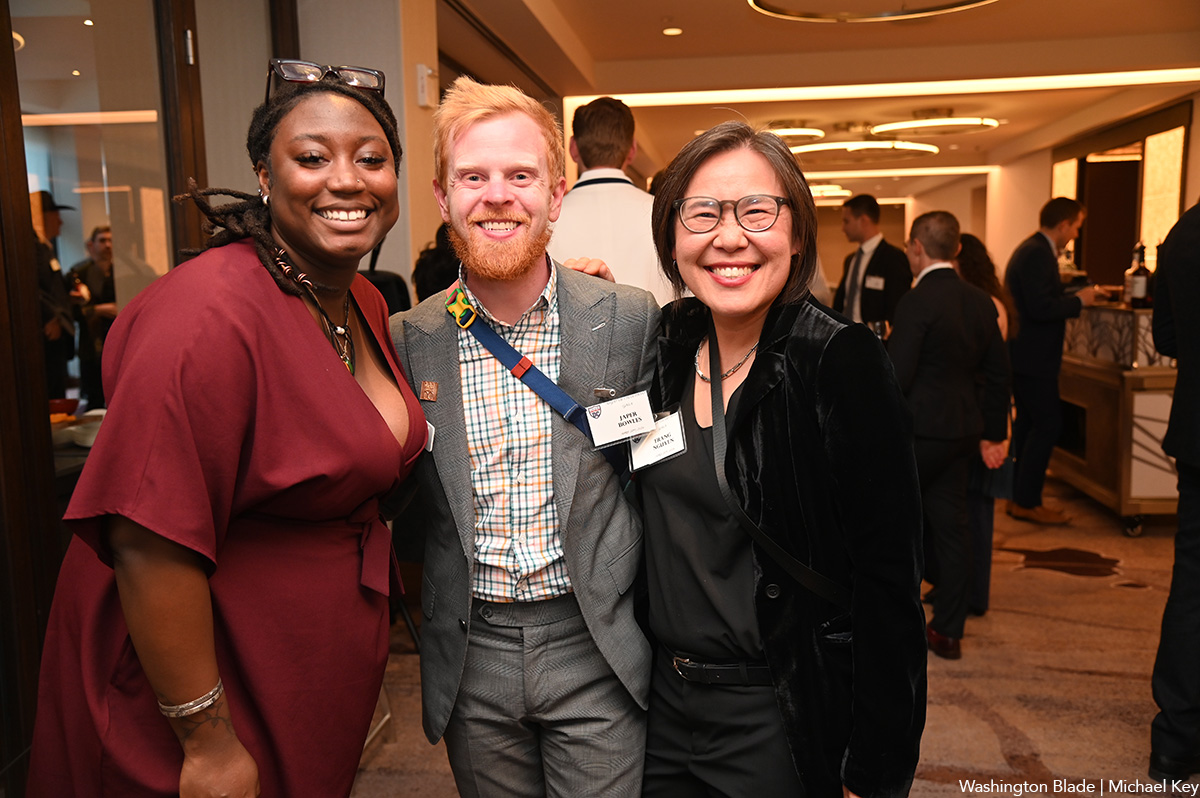

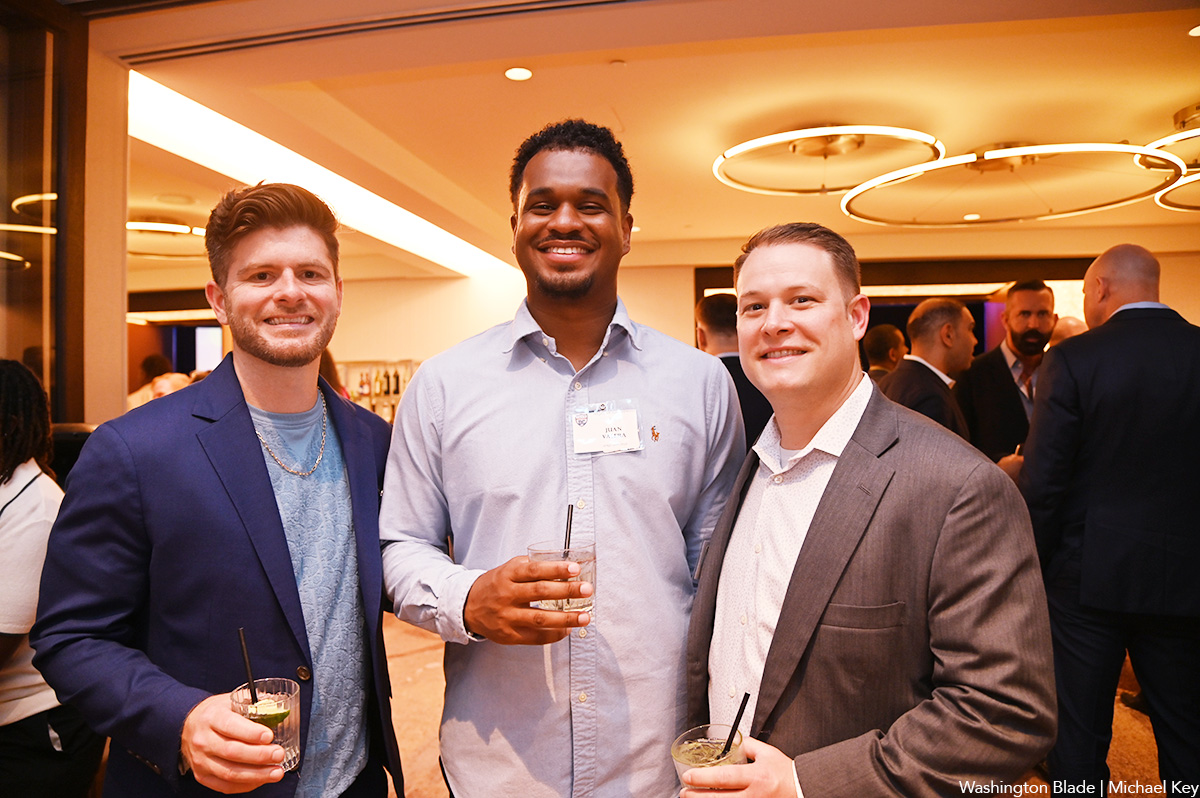

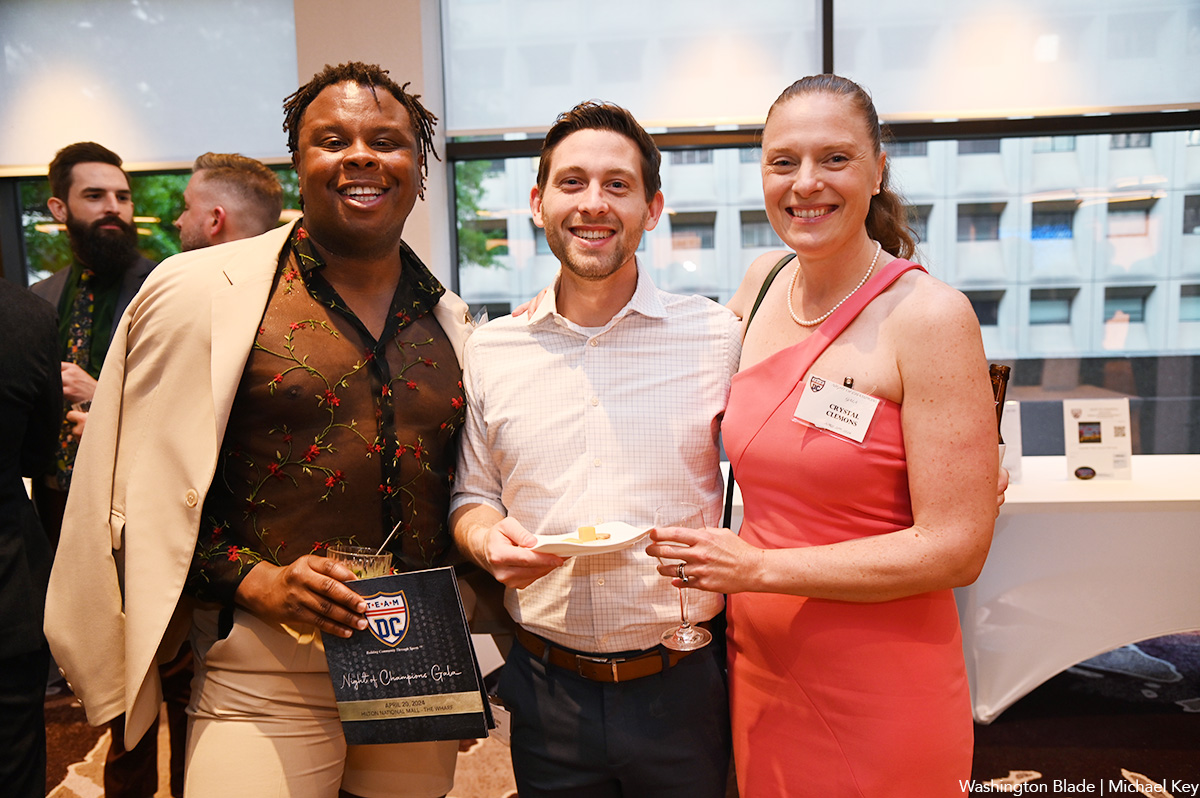
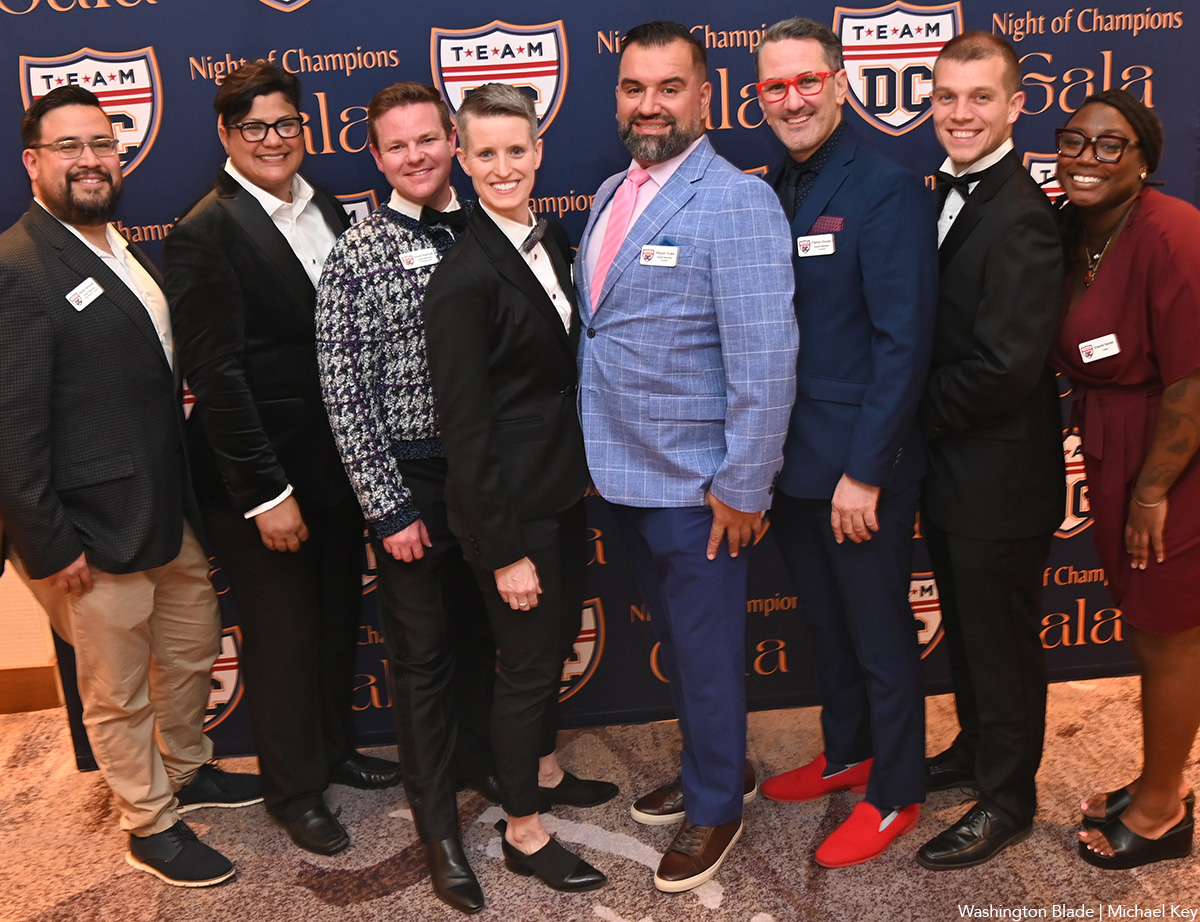
-

 State Department3 days ago
State Department3 days agoState Department releases annual human rights report
-

 Maryland5 days ago
Maryland5 days agoJoe Vogel campaign holds ‘Big Gay Canvass Kickoff’
-

 Politics4 days ago
Politics4 days agoSmithsonian staff concerned about future of LGBTQ programming amid GOP scrutiny
-

 District of Columbia23 hours ago
District of Columbia23 hours agoCatching up with the asexuals and aromantics of D.C.

